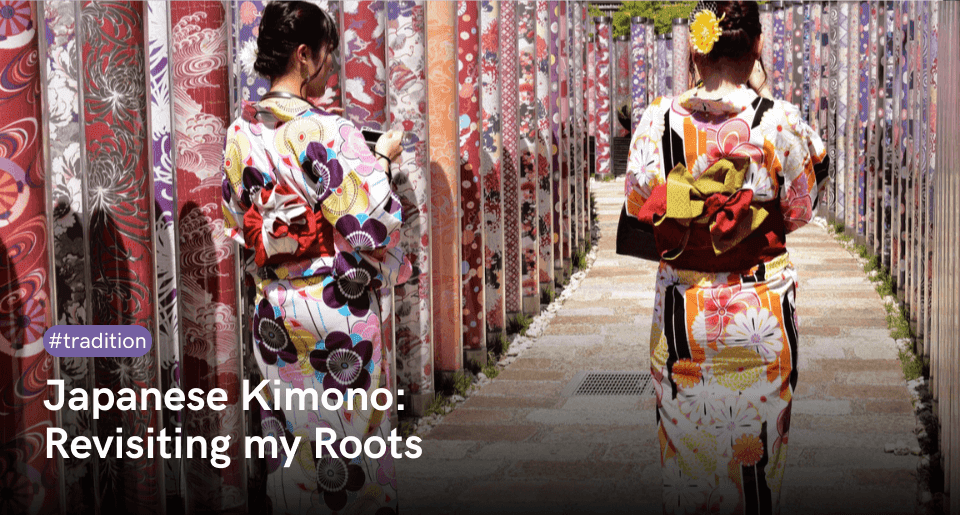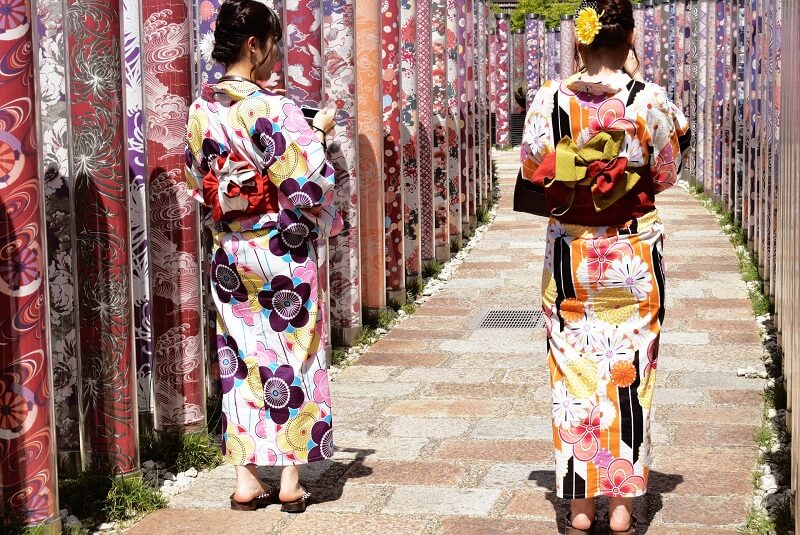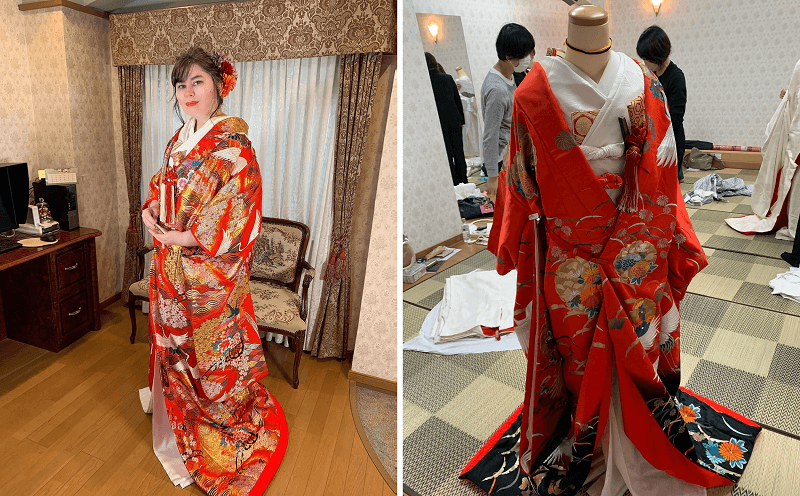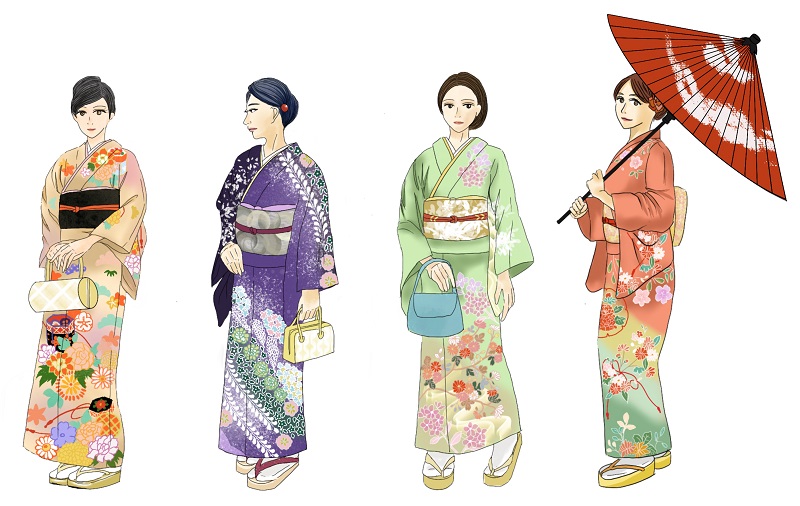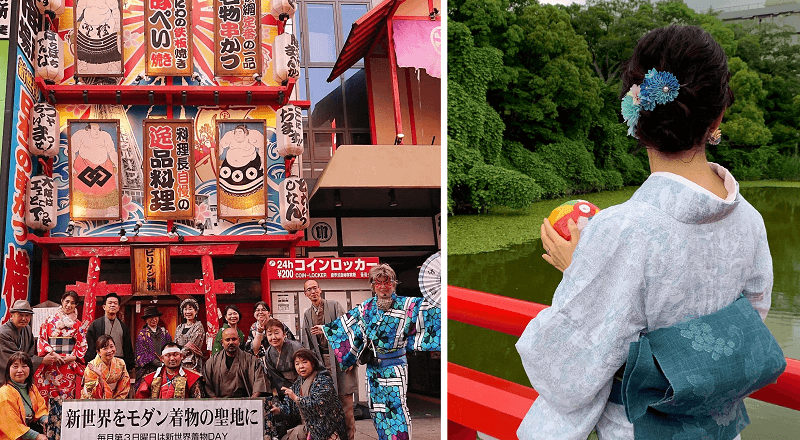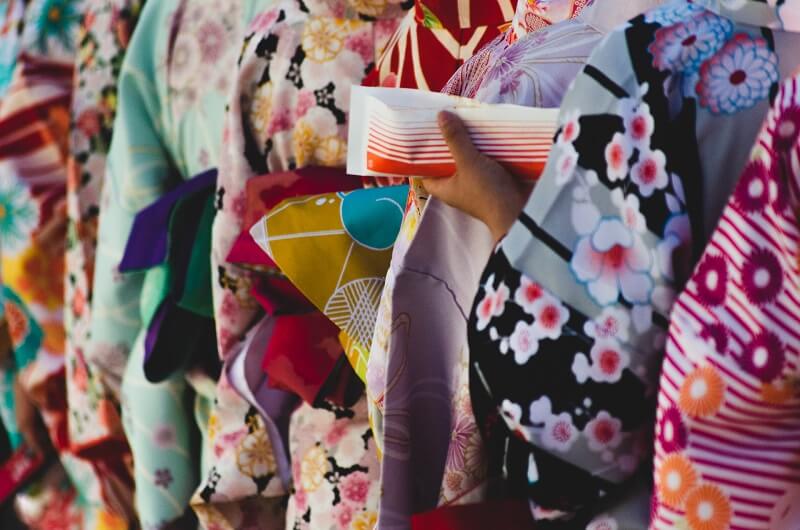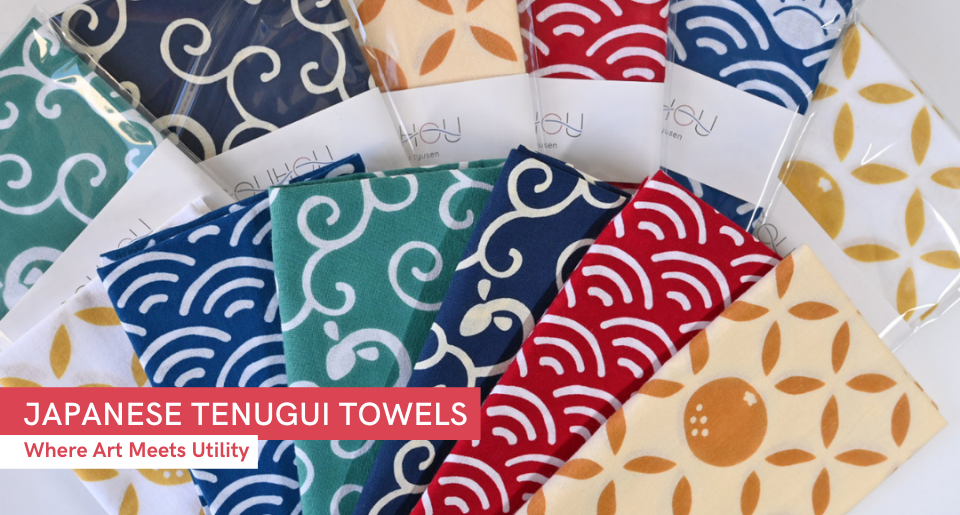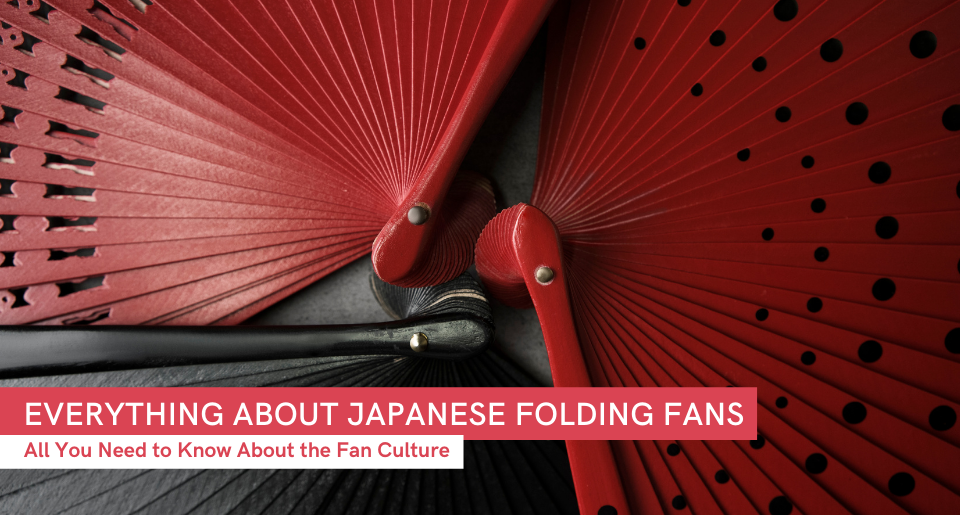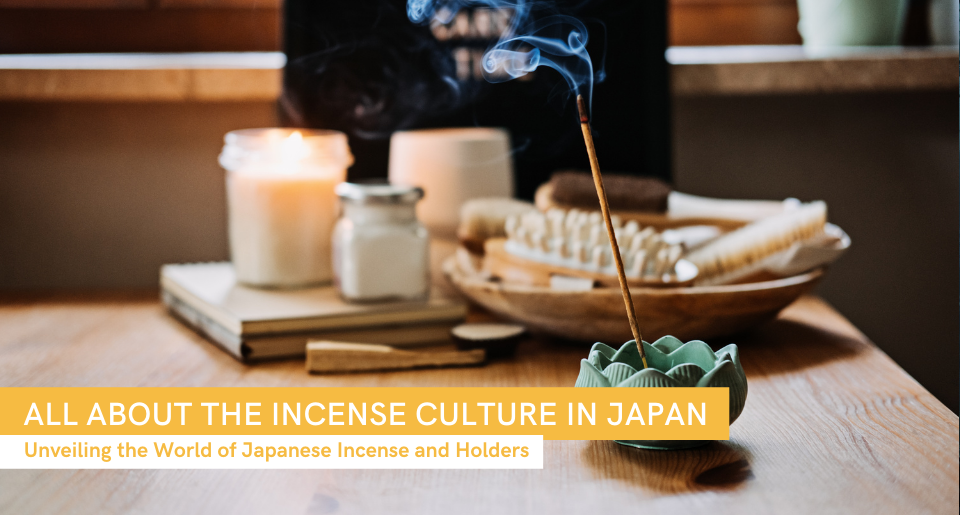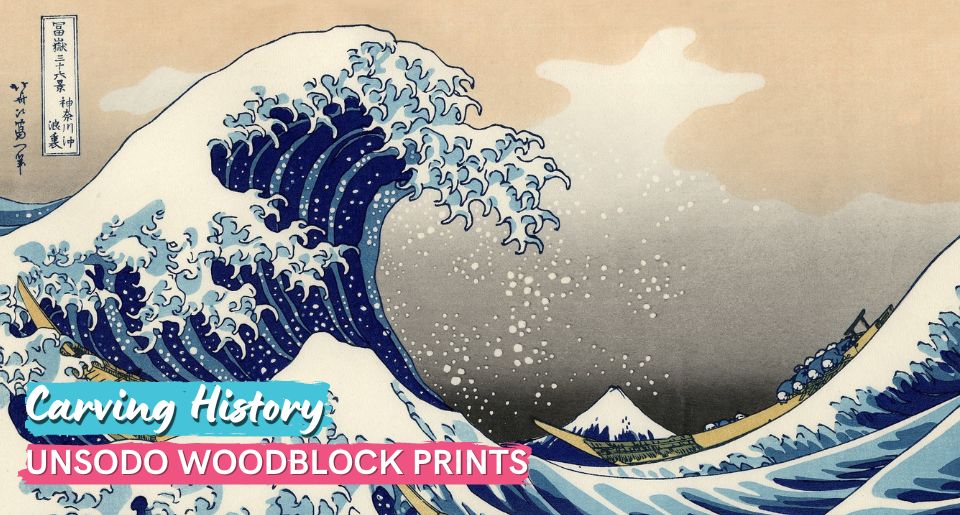Foreword from ZenPlus
Despite the inevitable passage of time, countless people around the world continue to hold kimono and other elements of traditional Japanese culture close to their hearts.
In this edition of Japan Plus Me, guest contributor Rin from Mainichi Kimono shares a story of cultural roots, the world of kimono schools, and efforts to keep the spirit of the kimono alive in today's day and age.
If you love the kimono and all its wonderful intricacies, read on!
Contents
Kimono memories
Every August during Obon [an annual Japanese holiday to honor your ancestors], vivid memories transport me back to when I watched my American classmates wear yukata, a summer kimono.
Faces were lit in pure delight as they looked at the vibrant patterns wrapped around their bodies -- a perfect accompaniment to the joy the Japanese volunteers shared. Music played in the background as one of the volunteers began to teach my classmates how to do a traditional Obon dance.
It was a kaleidoscope of colors as arms waved in the air while we all moved in a circle, sleeves flowing with each movement...
Revisiting my kimono roots
Source: Instagram
As a mixed Japanese American, that memory reminds me of why I entered a classroom to study kimono formally here in Osaka, Japan. Growing up in Metro Detroit, Michigan, I was blessed to live in a town with a large Japanese population thanks to the automobile industry, and we had everything from a Japanese grocery store to Japanese school on Saturdays for both eventual returnees and Nikkei (Japanese diaspora).
Because of this, I am no stranger to the culture of my half-Japanese father’s country of birth, and cultural exchanges at places such as my high school were frequent.
Still, kimono was not something that I was exposed to very often growing up. I wore a yukata far more often than I wore a kimono, which is a similar experience to most Japanese in Japan. However, for the Japanese diaspora, our stories are a bit different. Some Nikkei have never been to Japan, but inherited kimono from their parents or grandparents. Others may have gone to Japan and purchased kimono but still don’t know how to wear them.
This is a situation that is actually also common here in Japan; most Japanese cannot put on a kimono by themselves. Maybe they can wear a yukata, especially if it has a “cheating” obi that’s already pre-tied, but putting on a kimono and tying an obi knot by themselves is not happening.
Off to kimono school
While I fondly carried the memory of seeing both non-Japanese learn about wearing kimono as well as my fellow Japanese Americans get in touch with their heritage that day, it wasn’t until Kim K famously tried to trademark the word “kimono” back in 2019 that I decided to finally do something about this. I wanted to help somehow. Plus, the image of kimono in the West is usually saturated with satin robes that mimic “Oriental” stereotypes or even Victoria’s Secret loungewear.
So what did I do?
I took a deep breath, gathered my things, moved to Japan, and signed myself up for kimono school. I now have a license as a professional kimono stylist here in Osaka.
Studying kimono culture
Source: Instagram
Kimono schools have existed in Japan since around the 1970s in reaction to the decline of kimono.
Before WWII, kimono was a very common daily thing, however due to a lot of economic devastation thanks to the war, many Japanese families were suffering economically. Affording new kimono or even repairing old ones was out of the question, and some families were forced to even sell their old kimono just to survive. Given that Western clothing was much cheaper and easier to wear, that was when Japan transitioned into wearing Western clothing on a daily basis.
For most Japanese today, kimono is typically reserved for certain formal occasions such as Shichi-Go-San, weddings, and Coming-of-Age ceremonies. It’s also a fun thing even Japanese tourists like to do, especially in places like Kyoto where you can rent a kimono and enjoy the idyllic scenery the gorgeous city has to offer. Still, the decline of kimono knowledge amongst the general Japanese population caused concern to build, and thus in the 1970s as Japan started to enjoy more economic growth once again, kimono schools were born.
Here in Japan, there is no singular authoritative kimono organization -- as such different kimono schools focus on different things and have different curriculums. As a result, some people decide to study at only one kimono school, while others choose to learn from as many kimono schools as possible.
I chose a school in Osaka where I live, and I am grateful every day for my time there. I learned not only about different types of kimono and how to dress others, but also things such as the meanings behind different patterns on the kimono, different fabrics, how they are woven, how to care for kimono, which type of kimono are for which occasion, and so on.
Favorite kimono type
Understanding the different types of kimono and when to wear each one can be pretty tricky.
Here in Japan, we often use the acronym TPO (Time, Place, Occasion) in various situations, such as how to act or dress for formal business meetings, weddings, and te like. The same rules definitely apply to kimono, where the kind of kimono you'd wear to a wedding or tea ceremony isn't going to be the kind you'd wear just to hang out with friends. It even holds true for obi (sashes) as well: there are more formal and less formal obi that we match with certain kimono for TPO.
One of my favorite kimono types is the houmongi [an elegant semi-formal type with patterns that run across seams] because of how beautiful and delicate the patterns tend to be. They're typically worn at parties such as traditional tea ceremonies, entrance ceremonies, graduations, very special anniversary parties in more upscale locations, rites of passage, and so on. So, unless I'm using one for some kind of fusion outfit where I apply Western accessories and whatnot, I don't have a chance to wear houmongi very often. Of course, that doesn't mean there aren't other beautiful kimono to enjoy in the meantime!
Keeping the spirit of kimono alive
Source: Instagram
Today, I have my own kimono business, Mainichi Kimono, where I teach others how to wear kimono as well as dress clients for rental or photoshoots. Recently, I completed the first stage of bridal kimono training, and I’ve been connecting with other kimono enthusiasts, stylists, and artisans living in the Kansai area. We are working hard to keep kimono relevant and organizing kimono events, meet-ups and workshops.
It’s my sincerest hope that kimono will not only continue to be beloved by many, but also embraced even more in the future.
About the author
“Rin” Shiroshita currently lives in Osaka, Japan. Born to a half-Japanese father, Rin grew up in a suburb of Detroit famous for Japanese companies, cuisine, and culture. She is a professional kimono stylist, cross-cultural consultant, and content writer. In her free time, she can be found traveling around the Kansai area for some tasty treats or playing too many video games.
Got a story to share?
A huge thank you to Rin for shining a light on kimono culture and the deep-rooted connections it has to many people around the world.
Do you have a personal story you'd like to share with us about products, brands, or Japanese culture in general?
Feel free to get in touch via our contact form or on social media (Twitter, Instagram, Facebook).
We'd love to share it in this blog space and help bring the community closer together!
As always, thanks for reading!
Tap or click the button below to browse our kimono collection on ZenPlus!
Other articles you'll enjoy
For more coverage of traditional Japanese culture, check out the articles below:
Thanks for reading!
....................................................

